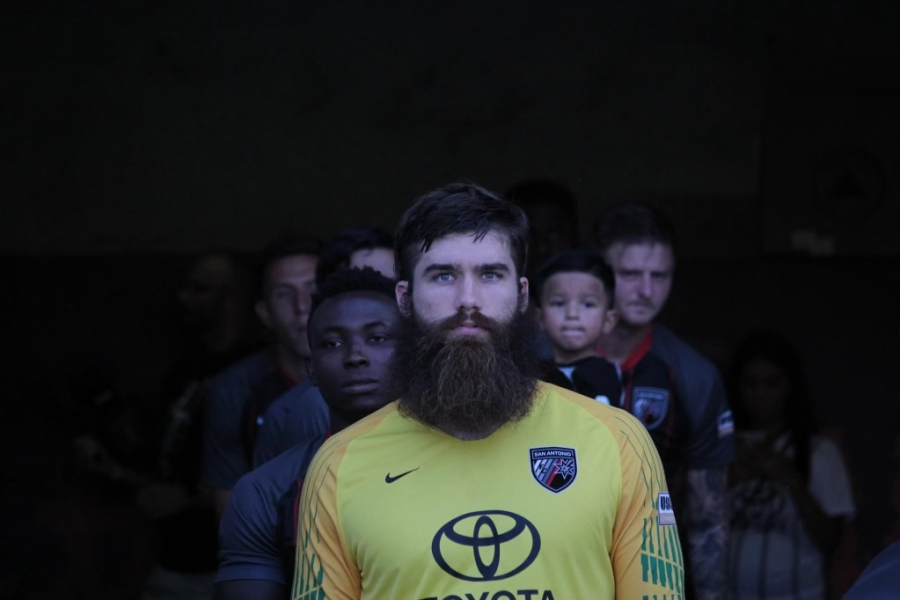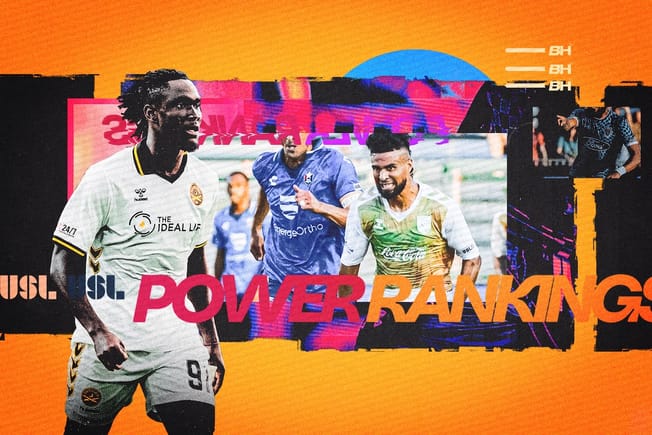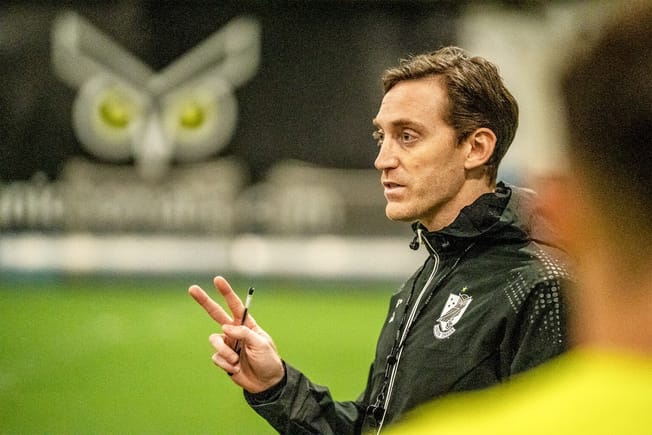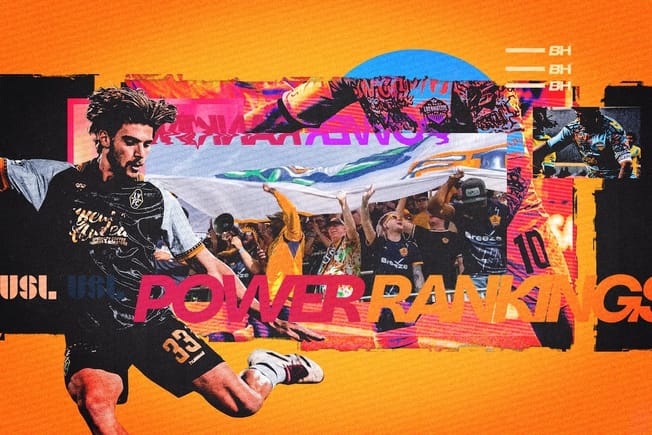Last week, Matt Cardone announced his retirement after spending eight years with San Antonio FC in both the NASL and the USL. Set apart by both his massive beard and his brilliant saves, Cardone is on top of San Antonio’s all-time appearances and minutes leaderboards. He also helped them to three playoff appearances – and every indication is that he was even more impactful as a leader in the locker room and humanitarian off the pitch.
Still, Cardone is only 29 years old. In each of the last two seasons, he rated in the top quarter of USL goalkeepers for save percentage, clean sheets, and goals saved above average. While he was injured at the end of 2021 and served as a backup this season, it would be hard to argue that Cardone isn’t up for a starting job in the second tier.
And yet, he retired.
LOWER-DIVISION SOCCER HAS ROOM TO GROW
There are plenty of other similar examples of USL players retiring early.
Eli Crognale, a midfielder for the Birmingham Legion, retired this March at age 24. Crognale made 44 appearances for the club over the past three seasons and he declined the opportunity to continue playing alongside his brother, Alex Crognale, in Alabama. Foster Langsdorf, a star striker for Portland Timbers 2 and Reno 1868, earned an MLS move for 2021 but retired during that season after a loan to Tampa Bay at just 25. Cameron Iwasa, who scored 45 goals in a five-year stint with the Sacramento Republic, hung up his boots last season before the age of 30.
It’s a shame to see both talented veterans and rising stars leave the game early, but it’s nothing new in the lower leagues. In 2014, Zach Schilawski of the then-Carolina Railhawks retired at age 27 to pursue a law degree after leading his team in goals. For Schilawski, the motivations were clear: there’s much more financial security in law than there is in second-tier soccer.
According to past reporting from Jeff Rueter and my own discussions with USL and NASL veterans, low pay has been an unfortunate reality for players. In the past, some USL players have been known to work for nothing other than room and board. Many needed to take on second jobs with their soccer salaries only hovering around $35,000, and most contracts in the league offered little in terms of insurance and other benefits.
Now, things are looking up financially in large part due to the USL Player’s Association and a CBA agreement that requires minimum salaries and contract lengths. The certainty that comes with those requirements and the possibility of further protections make a career in soccer more viable for many. Still, USL salaries in 2022 are low. There’s no getting around that.
When the league loses players like Matt Cardone, it’s a reminder of how far there is to go.







Comments